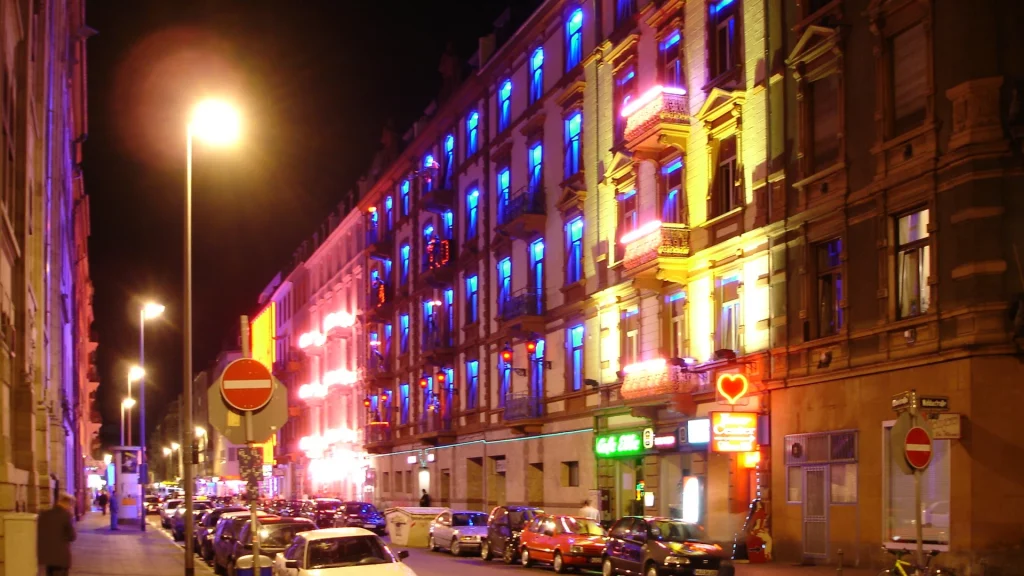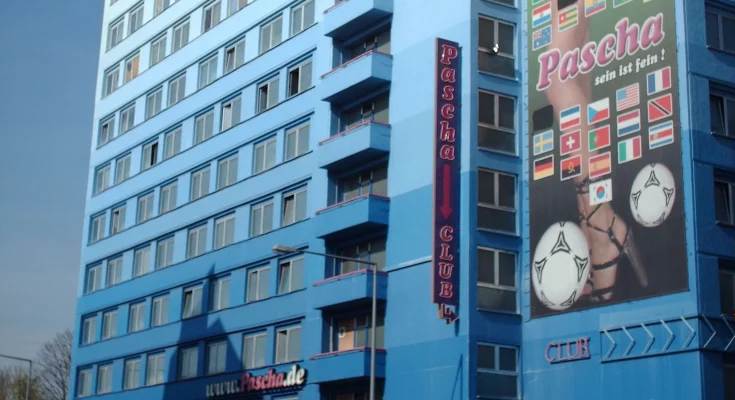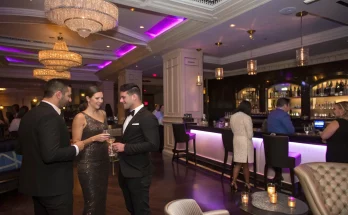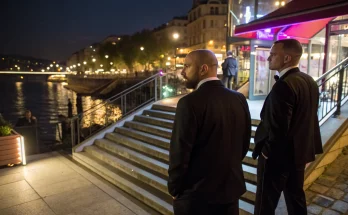Every country has its own rules, traditions, and style when it comes to the sex industry. Brothels might share the same purpose everywhere, but the way they operate tells a lot about local culture. From tightly regulated European clubs to hidden houses in Asia or the Americas, the experience changes dramatically depending on where you are.
In much of the world, prostitution is still illegal and the business runs underground. Brothels in those regions work quietly behind closed doors, often disguised as massage parlors or karaoke bars. There are no clear standards, no medical checks, and very little safety. Workers rely on private security or simply take the risk. Because of the stigma and fear of punishment, these establishments usually avoid any publicity. Clients find them through whispers, encrypted chats, or personal networks.
By contrast, countries that have legalized sex work have built entire systems around it. Germany, the Netherlands, and Austria are the best-known European examples. Here, brothels operate openly under business licenses. They pay taxes, follow health regulations, and advertise their services just like any other form of nightlife. The purpose of legalization was simple: to bring order to a business that would exist anyway, to reduce exploitation, and to maintain public health standards.
The Austrian Model
Austria’s approach stands out for its precision. Prostitution is legal nationwide but managed by each federal state. The rules in Vienna, Salzburg, or Tyrol may differ slightly, yet the structure remains clear.
Sex workers must register, carry a valid health certificate, and attend regular medical examinations.
The brothels themselves are inspected, licensed, and limited to certain zones. This combination of freedom and control has made Austria’s capital one of Europe’s most stable and organized sex-work markets.
Vienna is home to dozens of licensed brothels, each with its own character. Some are small studios with two or three rooms; others are full-scale nightclubs combining bar service, stage shows, and private areas upstairs.
The famous Viennese laufhaus system is unique: an entire building filled with individual rooms, each rented by an independent sex worker. Clients walk through corridors, meet the women directly, and make arrangements without middlemen. The house earns from rent, not from commissions, which means the workers keep their own income. It’s a structure built on independence and transparency.
Another common format in Vienna is the so-called night club, where guests are greeted by hostesses in elegant lounges. These clubs often serve drinks, play music, and offer an atmosphere closer to a cabaret than a traditional brothel. Some of them, like Maxim Wien, have become part of the city’s entertainment culture. Regulars know the staff by name, and tourists visit out of curiosity just as they might visit a jazz bar or cocktail lounge.
Inside Vienna’s Brothels
Step inside a Viennese brothel and you’ll notice the difference immediately. Clean interiors, well-kept rooms, and a clear structure are the norm. The staff at the door checks IDs and ensures every worker is registered. Many places have a bar area where guests can relax before choosing a companion. Lighting is warm, not harsh; music is often soft, creating a discreet atmosphere.
In a laufhaus, the experience is more direct. You move through the hallways lined with open doors. Behind each door, a woman sits or stands, ready to introduce herself. Prices are clear and negotiable; the privacy is immediate. It’s a model built on simplicity — no pressure, no confusion.
Vienna’s brothels also reflect the city’s international mix. You’ll hear multiple languages, from German and Hungarian to Romanian, Czech, and Spanish. The majority of workers are from other parts of Europe, drawn by Austria’s safety and strong regulation. The mix of nationalities and the city’s cosmopolitan vibe give these places a distinctive atmosphere, far from the darker image often associated with the trade elsewhere.
Maxim Wien is one of the most famous brothels in Vienna. Read this review to learn more about what a high-class sex club looks like in the city:
Legal Boundaries and Daily Routine
Working legally in Vienna means following strict routines. Registered sex workers must visit a city health center every few weeks for examinations.
They receive a stamped card confirming their status, and without it they cannot work.
Brothel owners must keep their licenses visible and comply with zoning rules that prevent operations near schools or residential streets.
Street prostitution still exists but only in designated areas, mainly on the city’s outskirts and during limited hours.
This separation keeps the downtown scene focused on indoor venues — safer, quieter, and more in line with Vienna’s sense of order.
Despite the tight system, there is still a shadow market. Some apartments host unregistered activity, mostly for economic reasons. But the police and health authorities maintain a consistent presence, performing inspections and closing illegal sites.
Vienna’s reputation for safety depends on keeping that balance intact.
Brothels Beyond Austria
Elsewhere in Europe, the approach changes. Germany has the largest legal sex industry in the EU, with mega-brothels that resemble wellness resorts. The Netherlands once allowed window prostitution in its famous red-light district, though recent reforms have limited it.
Switzerland combines both models: licensed clubs, private apartments, and street zones operating under canton-level control.

Move further abroad and the contrast becomes sharper. In the United States, legal brothels exist only in parts of Nevada. Everywhere else, prostitution is criminalized, pushing the business online or underground. In many Asian countries, sex work operates in legal gray zones, often tolerated but not officially recognized.
Safety standards depend entirely on the management of each establishment.
Why Vienna Stands Apart
What makes Vienna different is its calm professionalism. The sex industry here is not hidden, yet it’s never chaotic or loud. Brothels advertise discreetly online, and many use modern websites where visitors can check the current lineup, see photos, and make reservations. Mobile access has made the experience more flexible — clients can browse from their phones, read reviews, and even book appointments on short notice.
The combination of legality, structure, and the city’s famously elegant atmosphere gives Vienna’s scene a particular charm. It’s organized, international, and largely self-regulated. Workers enjoy more autonomy than in many neighboring countries, and clients know exactly what to expect.
In the end, while brothels may exist everywhere, few cities have managed to integrate them into daily life as efficiently as Vienna. Behind the velvet curtains and dim lights lies a system that runs with almost bureaucratic precision — one more example of how the Austrian capital manages even its most intimate industries with quiet order and unmistakable style.
Don’t miss our top list about the best brothels in the city:




